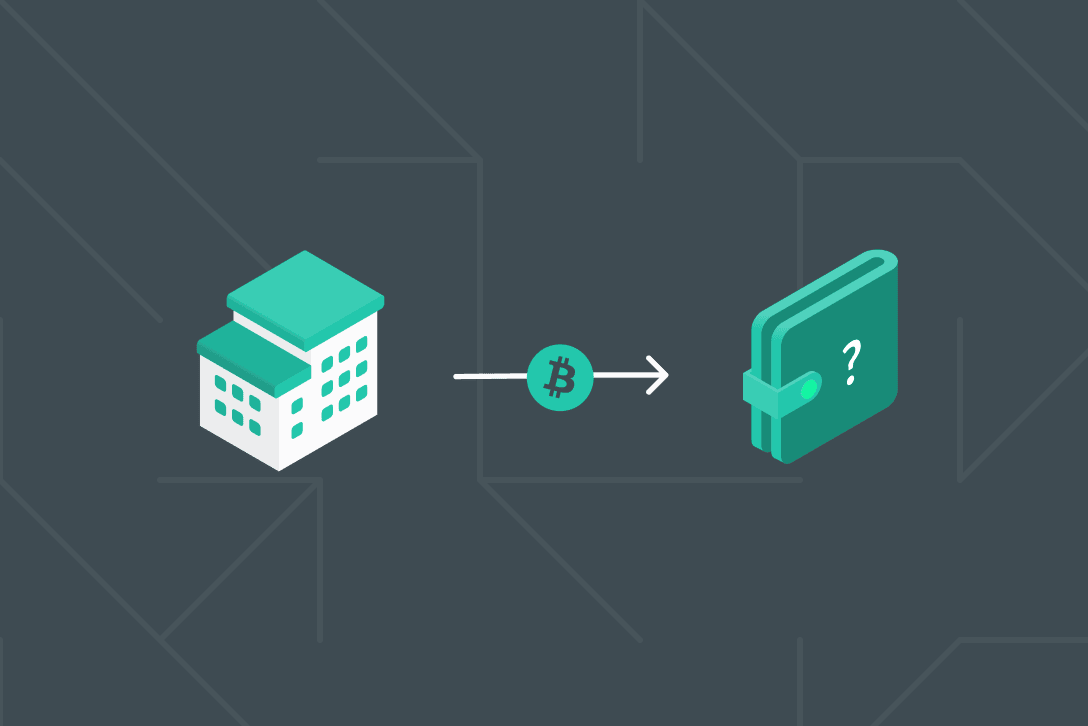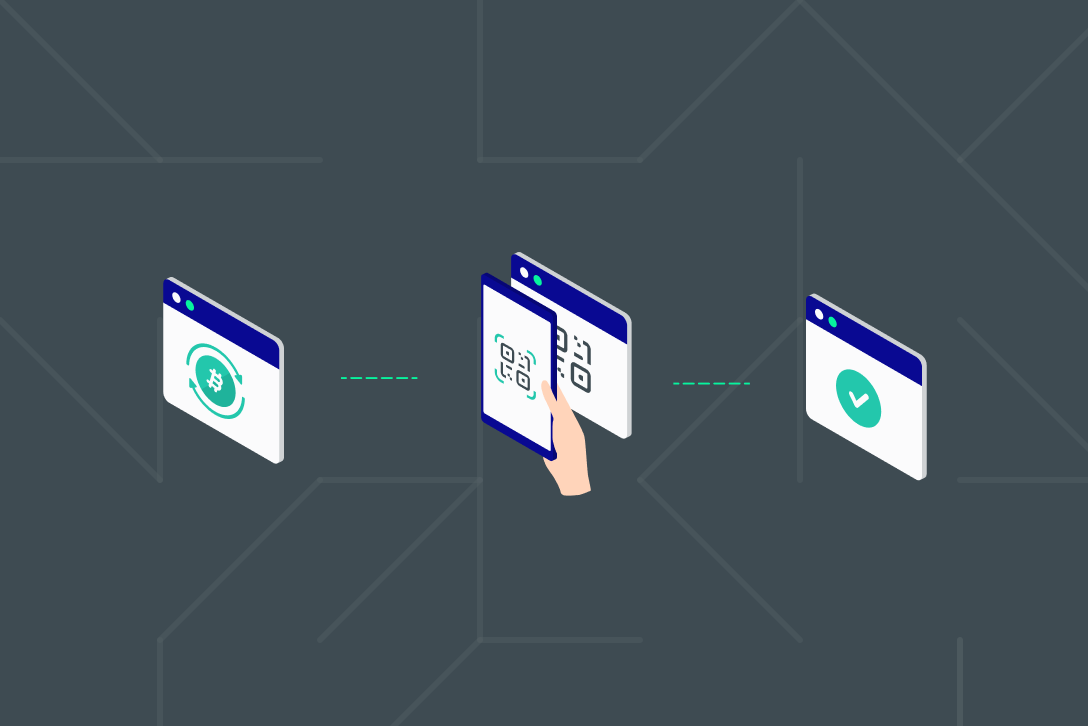
Everything You Need to Know about the Satoshi Test
What Is a Satoshi Test?
A common method for demonstrating wallet ownership is known as the Satoshi Test. When a self-hosted wallet user is prompted to carry out a transaction, the virtual asset service provider (VASP) and the user decide to send a small sum of money (typically in the form of satoshis, thus giving rise to the method's name) within a designated time frame.
If the wallet owner is able to successfully complete the transaction in the given time frame, this serves as a confirmation of wallet ownership. Despite the name, this method can be employed for various cryptocurrencies. It is also often called a micro-transaction or a penny test.
Are Satoshis Required to Do a Satoshi Test?
This depends on the currency the user wishes to send. The goal of a Satoshi Test is to verify the ownership of an address, which can be done with any cryptocurrency.
To complete a Satoshi Test, the user must send a coin native to the sending coin’s blockchain. For example, if sending BTC, the user will use satoshis, but for ETH, the user would use gwei or any other token native to Ethereum.
How to Perform a Satoshi Test
The user informs the VASP of their withdrawal address. The VASP will create a Satoshi Test consisting of the following:
a fresh coin deposit address,
a random low-value amount of coins previously agreed with the user, and a timeframe (usually between 15min and 48h) for the verification.
This information is then shared with the VASP’s customer; through the VASP’s user communication channels. If the address owner completes the transaction within the given timeframe according to the VASP’s specifications, they have successfully demonstrated control over the address, proving ownership.
The Satoshi Test Workflow
Find out how to apply the Satoshi Test and when to deny a transaction based on the Satoshi Test. Download the Satoshi Test Workflow below.
Download the Satoshi Test Workflow
What Are the Advantages of the Satoshi Test?
The process can be automated,
It is safer than sending screenshots of video proofs, as anyone with basic computer or cellphone knowledge can easily manipulate these options (see the Visual Proof Method).
What Are the Disadvantages of the Satoshi Test?
It’s not free. While the transferred amount can be returned, the transaction fees usually are not, and some VASPs will charge wallet users for that process since staff time is needed for review,
This encourages the owner to reuse addresses for convenience,
It can be cumbersome, add friction and offer a poor experience for the end customer, who usually requests VASP support to perform it,
The process can be slow if not automated, as the VASP’s compliance team needs to review and respond to the proof.
The Satoshi Test is one of 21 Travel Rule’s available wallet verification methods. Reach out to us to find out more.



